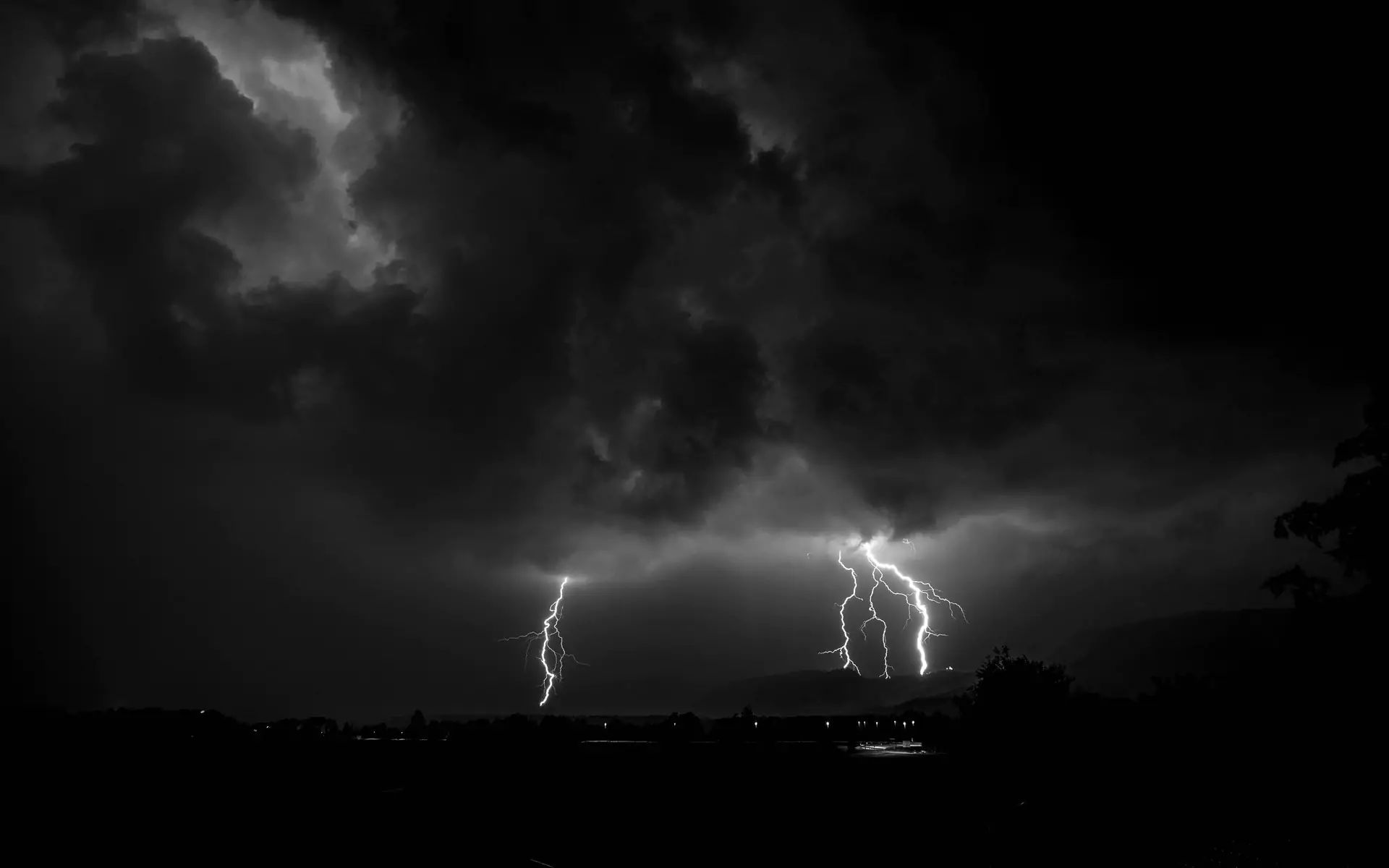Earth's global weather originates in large scale interactions between the sun, the atmosphere, and the rotation of the Earth itself. But the ground that this weather moves over can also have significant effects on the weather. Local and large-scale weather systems alike are affected by the different properties of land and sea.
Large bodies of water absorb and release heat slowly. Land masses, on the other hand, warm quickly and cool quickly. This is why there is a larger difference between day and night temperatures in inland areas compared to coastal regions. Record maximum and minimum temperatures also are usually experienced far from the coast.
Clouds form more readily over land because daytime heating of land masses can cause widespread convection. The different characteristics of land and water also play a major role in wind formation, from monsoons to sea breezes.
Friction between weather systems and the land mass also can affect the weather. This concept is very evident when hurricanes make landfall and move onshore. In most cases, interaction between the storm and terrain, mountains, buildings, and so on, slows the storm's rotation, causing it to loose intensity.
Mountain ranges have a profound affect on weather systems. When low pressure systems approach a mountain range, it is forced upward and spreads out. As it spreads out, the speed of rotation decreases. After passing over the range, the low narrows and regains some, but not all, of its rotational speed and strength.
Mountain ranges also produce what is known as the rain shadow effect. When a moving air mass reaches the mountain range it is forced upward. Condensation occurs, clouds are formed, and precipitation may begin.
Most of the precipitation will fall either on the windward side of the mountains (the side of approach) or the peaks. When the air mass reaches the other side (the lee side) of the mountains, the air sinks, warms, and becomes very dry. This creates an place of extremely low rainfall known as a rain shadow. The high plains of the central United States, east of the Rockies, are a rain shadow area. A prolonged rain shadow effect can produce a desert.
